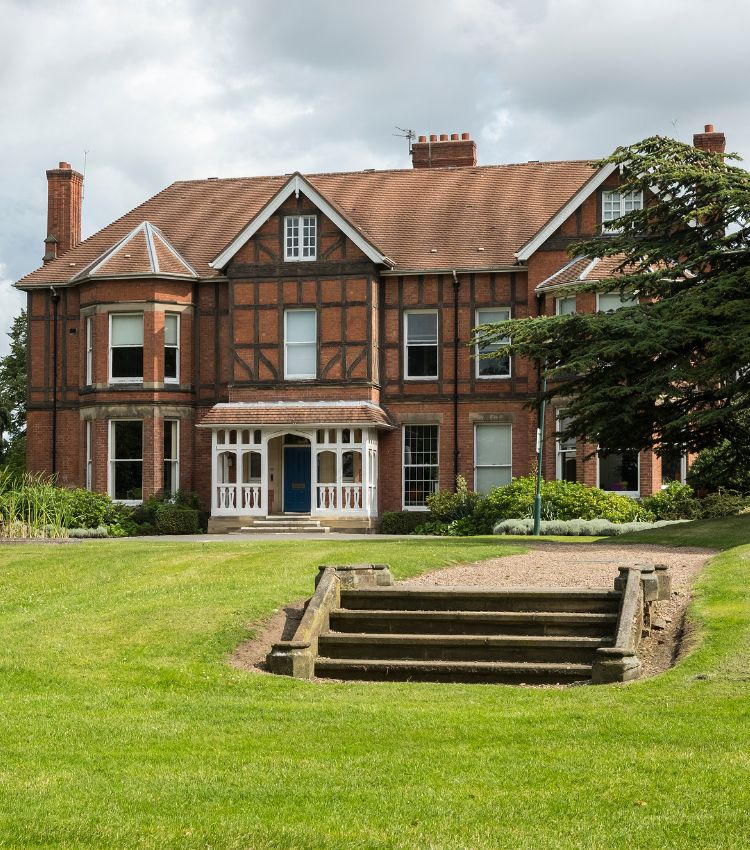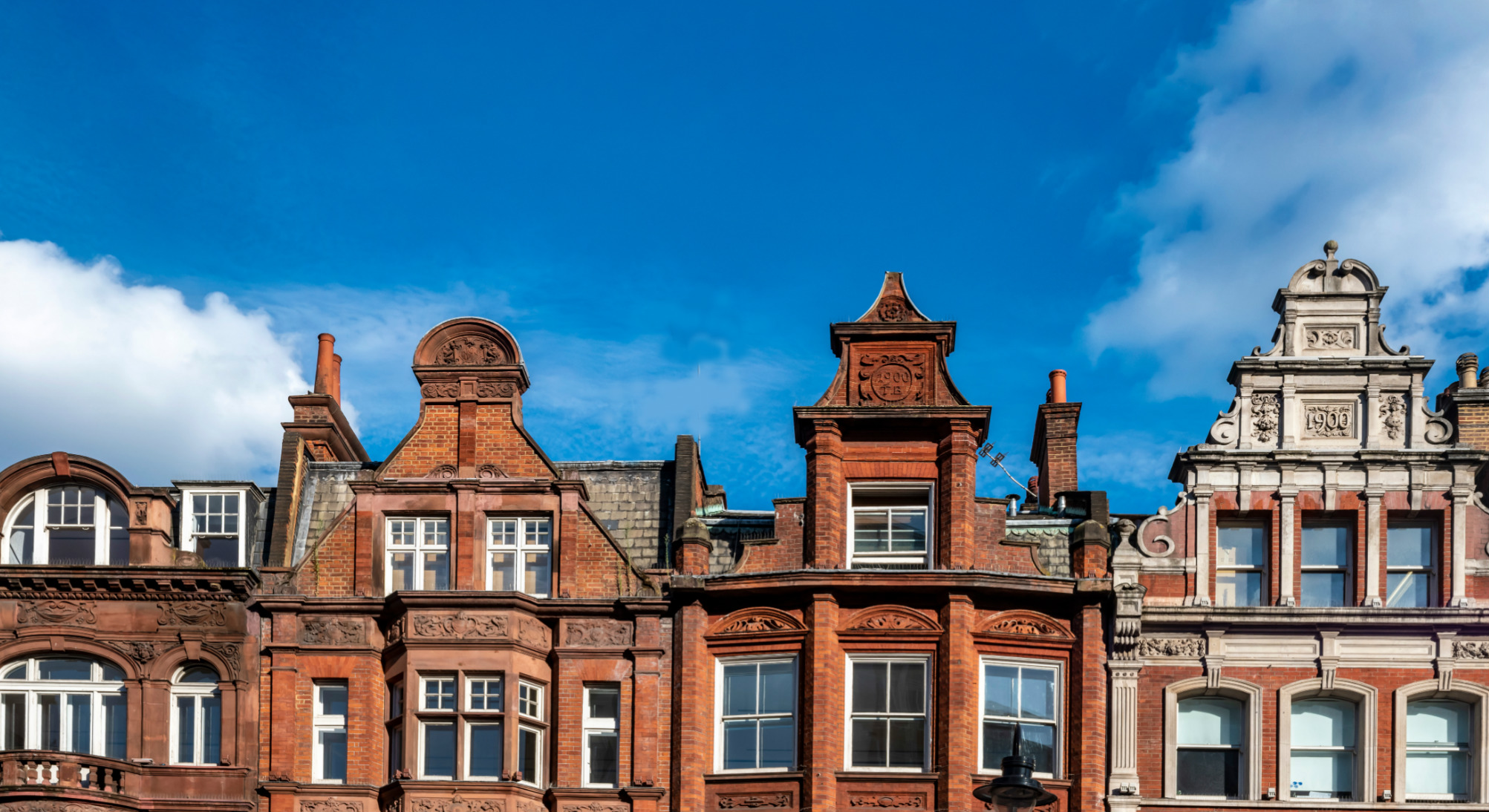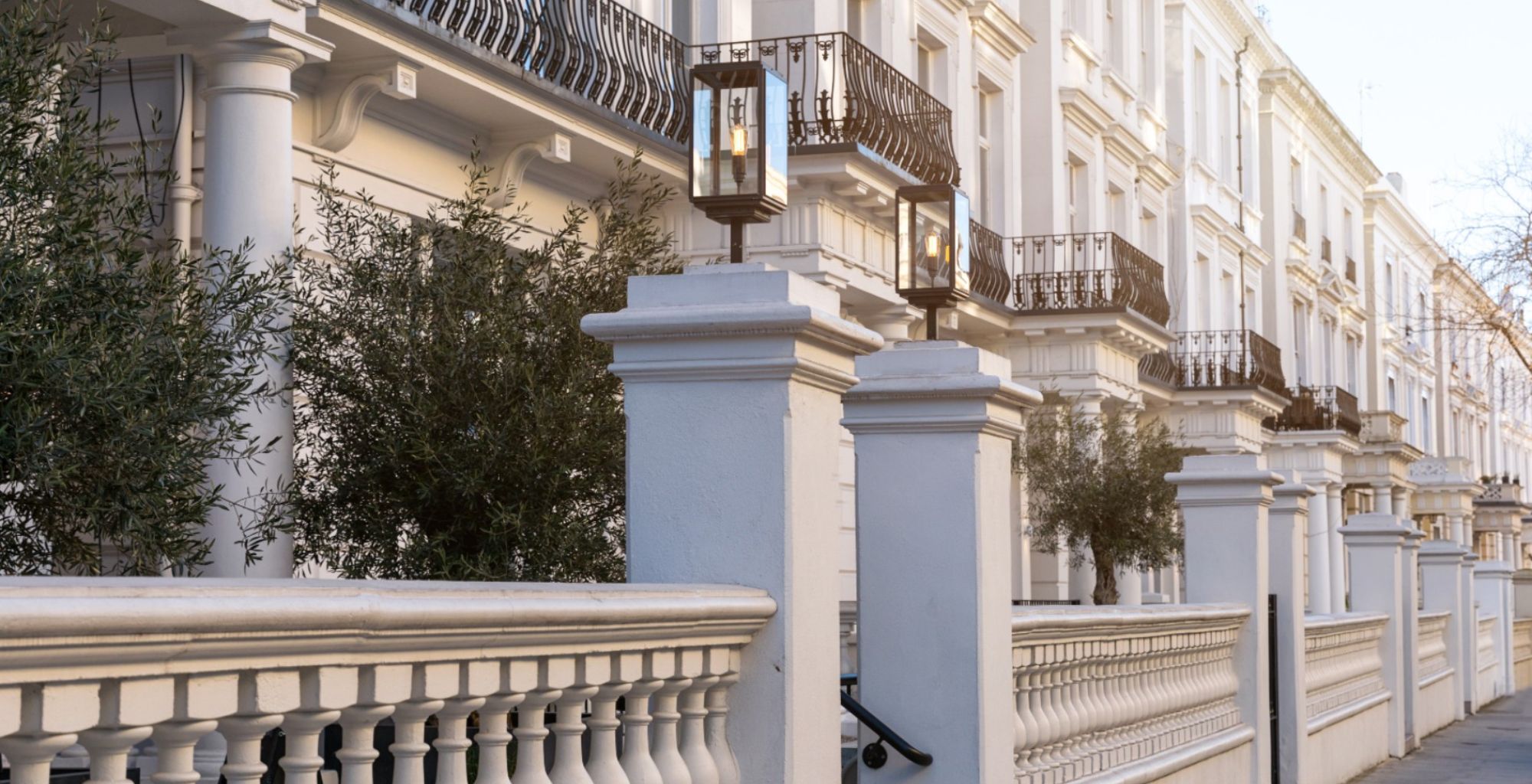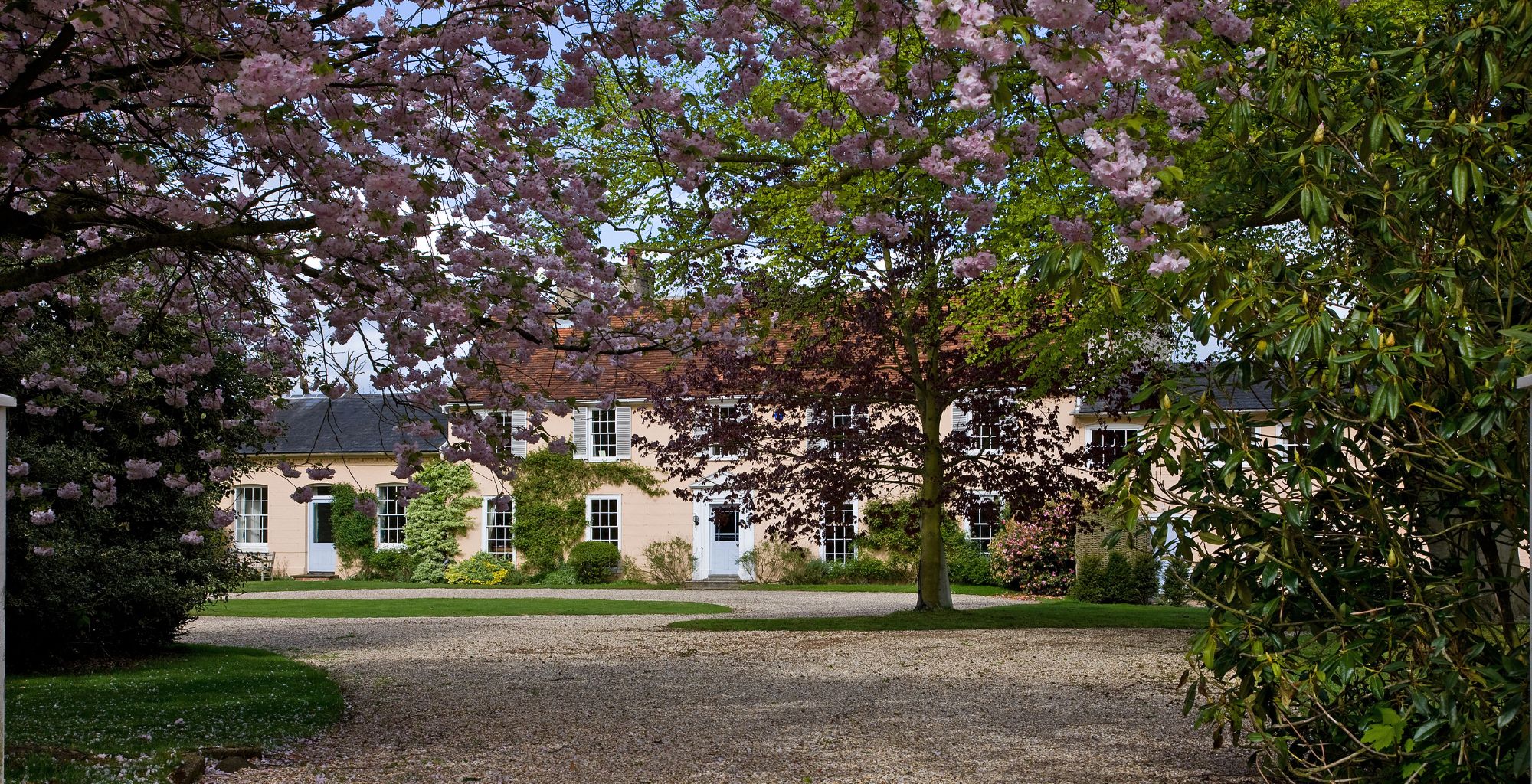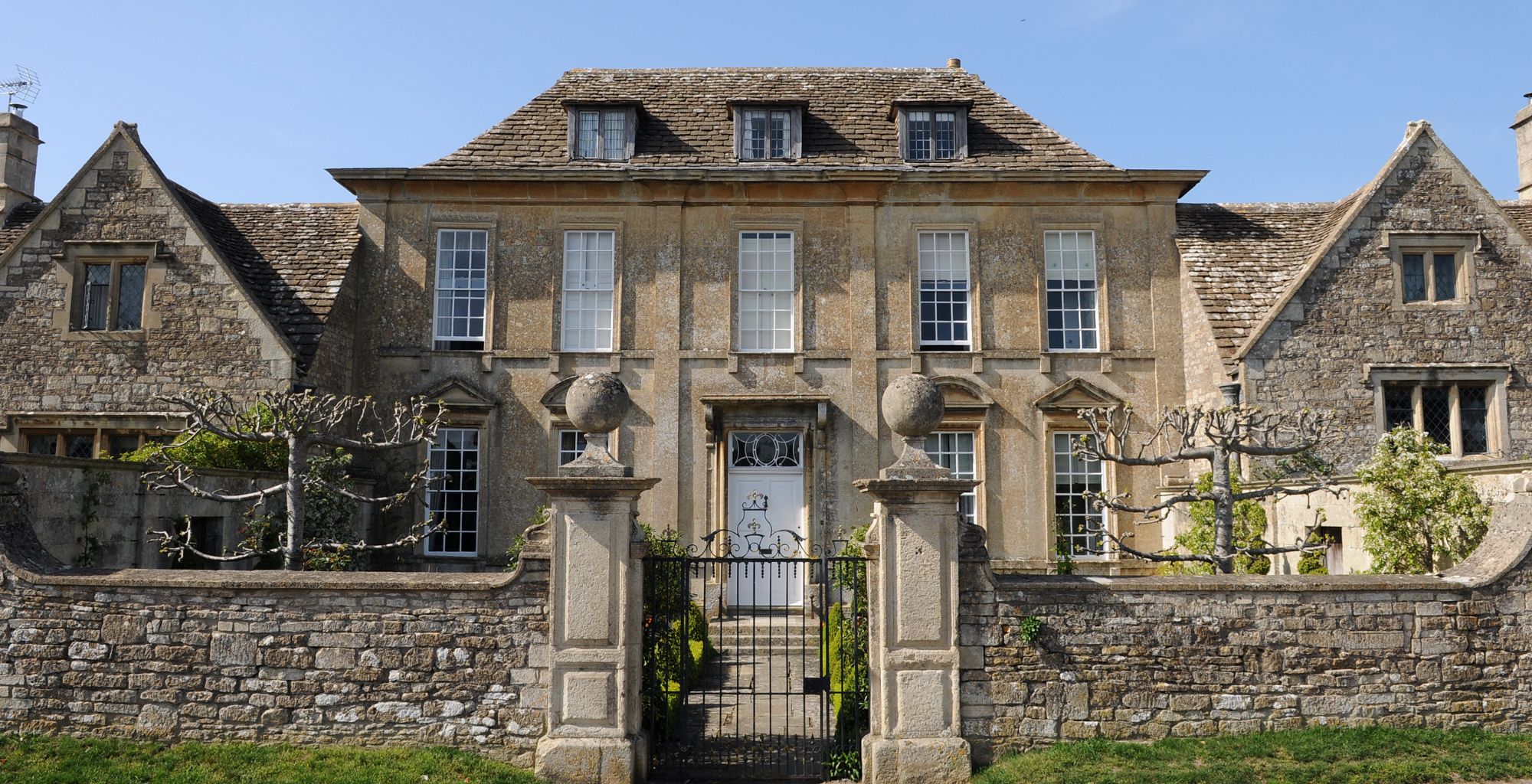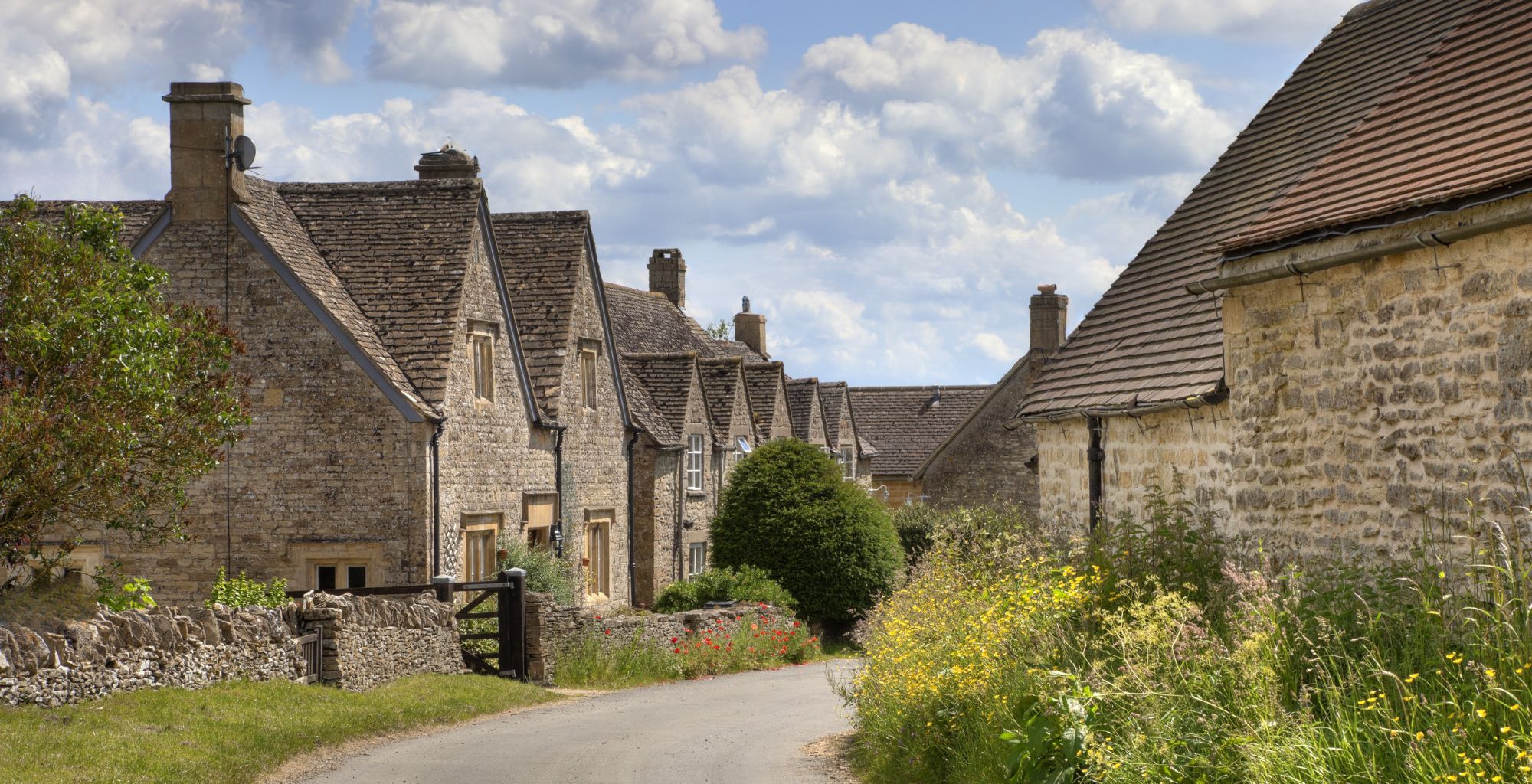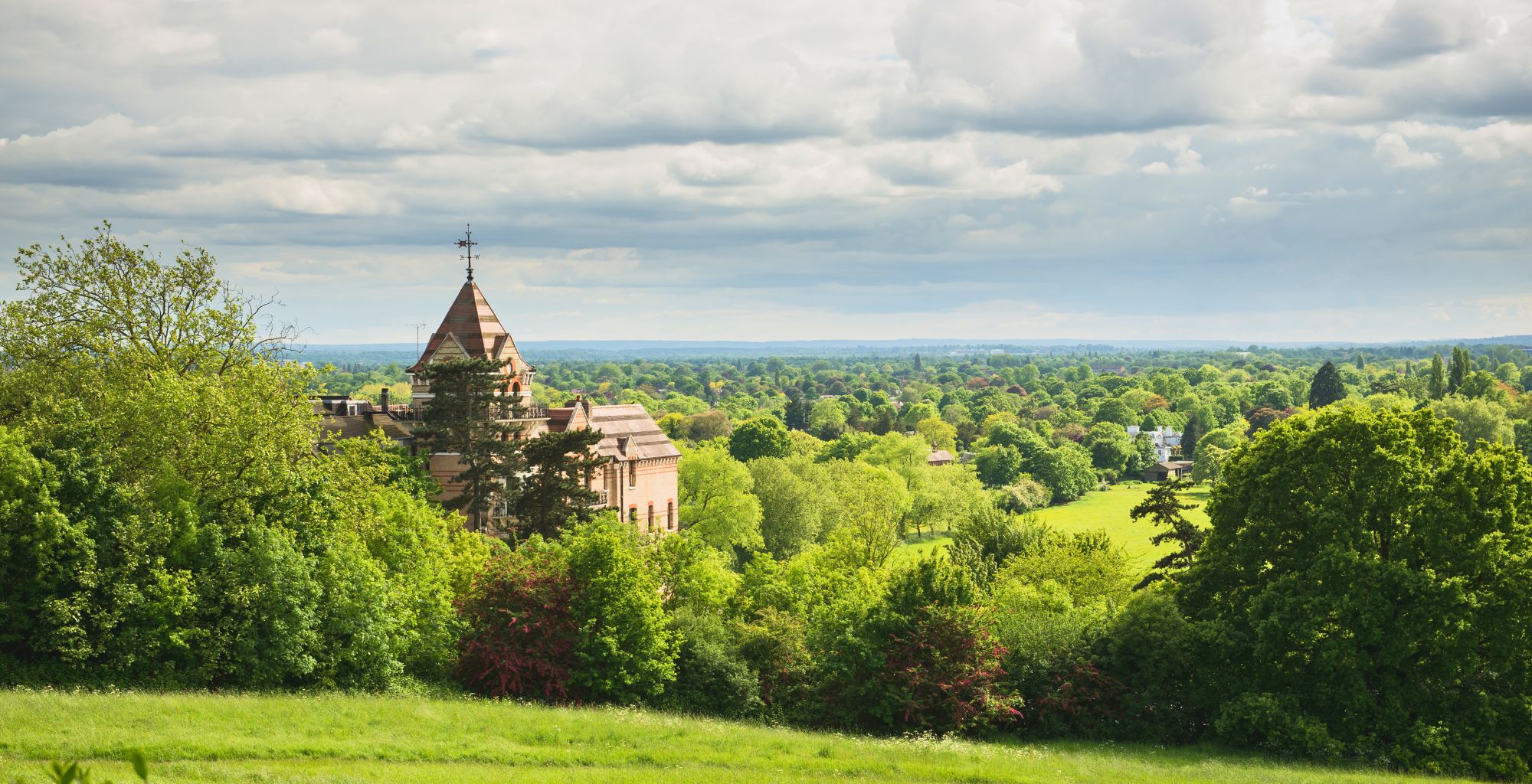Garrington is delighted to be recognised in the 2025 Spear’s Property Indices – a respected benchmark for excellence...
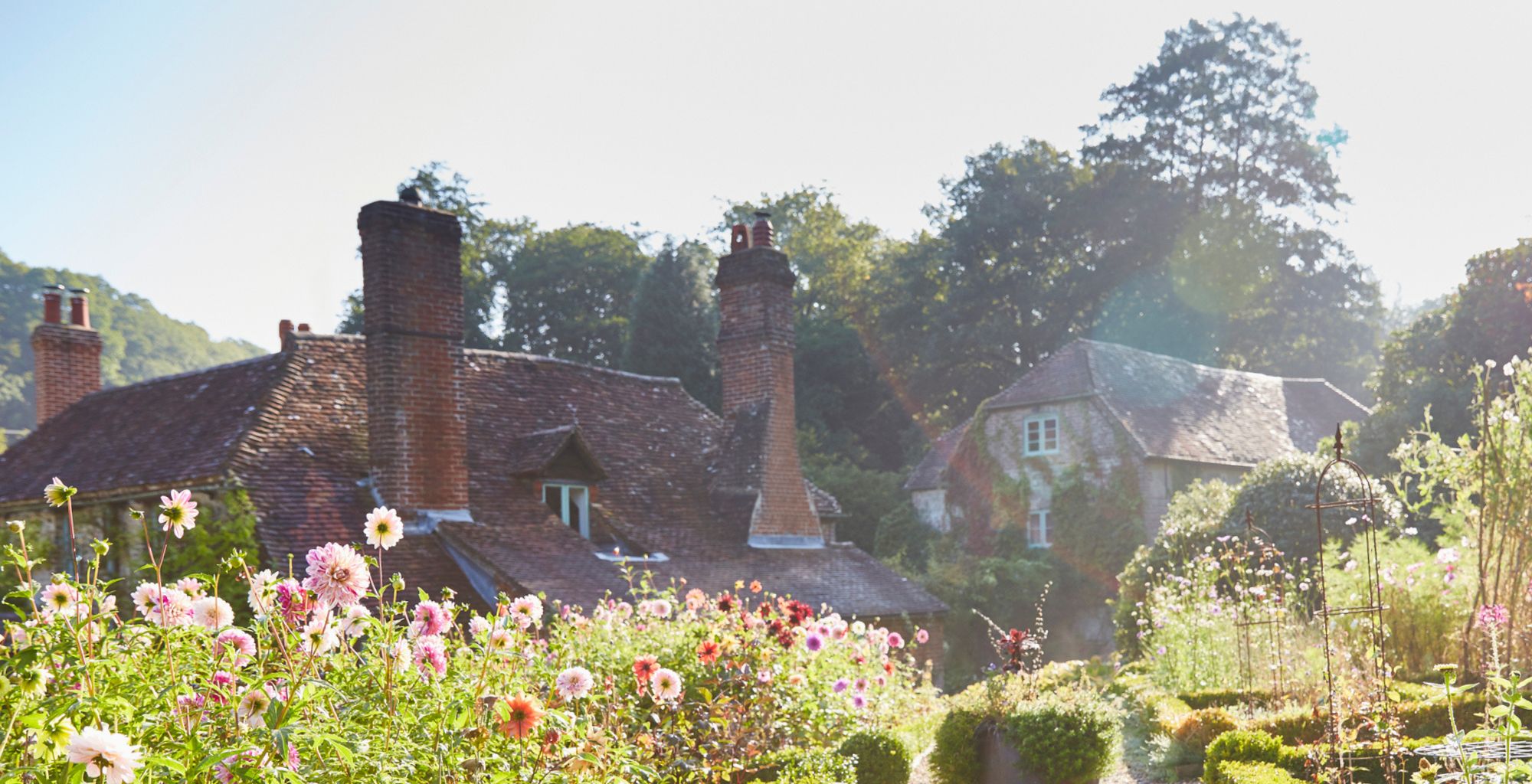
Arts and Crafts houses – Architectural style with character
For homebuyers seeking a blend of visual appeal and practicality, Arts and Crafts houses stand out as an exemplary choice.
Arts and Crafts houses are a popular architectural style of property in the UK. They were built between the late 19th and early 20th centuries and were designed to reflect the values of the Arts and Crafts movement, which promoted and encouraged a return to traditional craftsmanship and the use of natural materials, such as wood, stone, and brick.
These houses were designed to be both beautiful and practical, with an emphasis on creating a functional, comfortable, and welcoming home. They tended to blend the style of a country cottage with a house of larger proportions.
Today, Arts and Crafts houses are highly sought after by those who appreciate their unique style, lasting quality, and traditional craftsmanship.
Many of these homes have been carefully restored and updated to reflect modern standards whilst continuing to preserve their original character. Arts and Crafts houses offer their owners a glimpse into a bygone era of architecture and design.
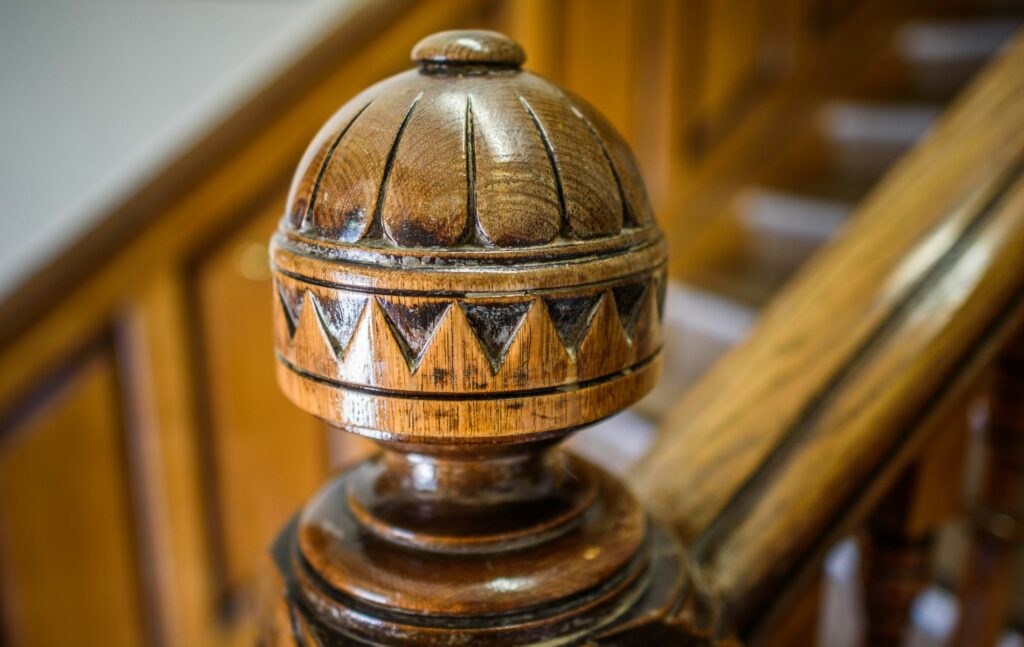
Origins of the Arts and Crafts houses
Originating in 1860, the Arts and Crafts movement came into existence as a response to the increasing decline of the quality of goods brought about by the industrialisation and mass production prevalent in Britain and sought to revive beauty and utility in design, and traditional craftsmanship.
The movement was spearheaded by figures, such as William Morris, John Ruskin, and Augustus Pugin, who believed that the beauty and quality of everyday objects had been lost with the coming of industrialism.
They sought to champion a simpler life and advocated for the return of rural traditions creating handcrafted items using locally sourced natural materials.
Arts and Crafts houses were designed and constructed to reflect these values.
The Arts and Crafts movement was initially most evident in London, where many of its founders were based, and several notable Arts and Crafts houses were built. However, the ethos of the movement, and the building of Arts and Crafts houses, soon became popular throughout the UK and gradually across Europe and North America.
Key features of Arts and Crafts houses
Exterior characteristics
Arts and Crafts houses are known for their distinctive and aesthetically pleasing exteriors, which showcase the quality of their design and construction.
Features include asymmetric steeply pitched roofs with exposed timber beams, chimneys with decorative brickwork, stone or brick detailing on walls, bay windows, and intricately carved front doors with stained glass.
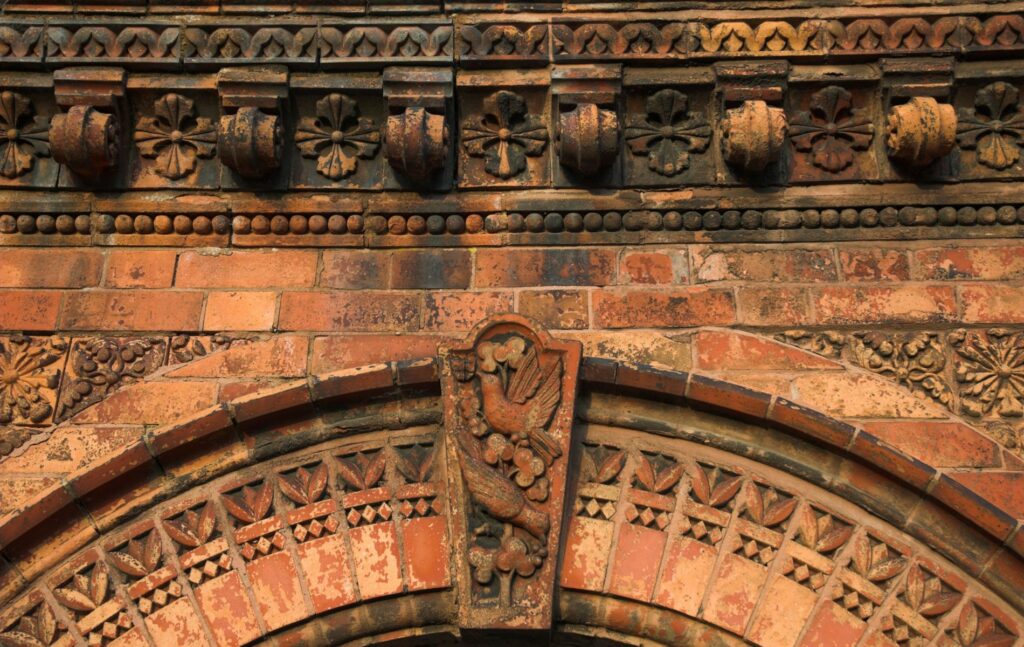
Interior features
The interiors of Arts and Crafts houses were designed to be comfortable and functional, with ornate features and elevated design elements that ensured craftmanship was on display.
They often included features, such as exposed timber beams and brickwork, fireplaces with decorative tiles or carvings, solid wood floors, and wall panelling.
Arts and Crafts houses in different regions
Arts and Crafts houses can be found throughout the UK, with each region having its own unique style and characteristics. Here are some examples of Arts and Crafts houses in different regions:
London
London is home to many Arts and Crafts houses, particularly in the suburbs. Notable examples include the houses designed by architect Charles Voysey, such as The Homestead in Wimbledon and Broadleys in Hampstead.
Gloucestershire
Gloucestershire, particularly the Cotswolds, is known for its beautiful Arts and Crafts houses. The furniture designer Gordon Russell lived and worked in Broadway, and his workshop is now the George Russell Design Museum.
West Sussex
West Sussex has several Arts and Crafts houses, many designed by the renowned architect Sir Edwin Lutyens. Standen, East Grinstead, is a fine example now owned by the National Trust.
The Lake District
The Lake District has a number of Arts and Crafts houses, which often feature local stone, slate roofs, and large windows to take advantage of the beautiful views. Notable examples include Blackwell, designed by architect Baillie Scott, and Brantwood, the former home of John Ruskin.
Preservation and tourism
Many Arts and Crafts houses in the UK have become popular tourist attractions, with many people visiting to appreciate their unique architecture and design.
Steps to preserve these buildings have been made by organisations, such as the National Trust, which has acquired and maintained several of these historic properties including Red House, Bexleyheath, which was commissioned and partly designed by William Morris to become his family home.
Many Arts and Crafts houses are set within grounds designed to blend with the look of the property.
Garden design shifted from the very formal and symmetrical Victorian style to a less formal structure of outside rooms with natural planting schemes.
Arts and Crafts houses today
Arts and Crafts houses continue to be a popular choice for homebuyers and are highly sought-after. Their timeless design, and the quality of the materials used, ensures they maintain their appeal.
Contemporary Arts and Crafts-style houses are still being built, and will occasionally incorporate some traditional building methods and craftsmanship.
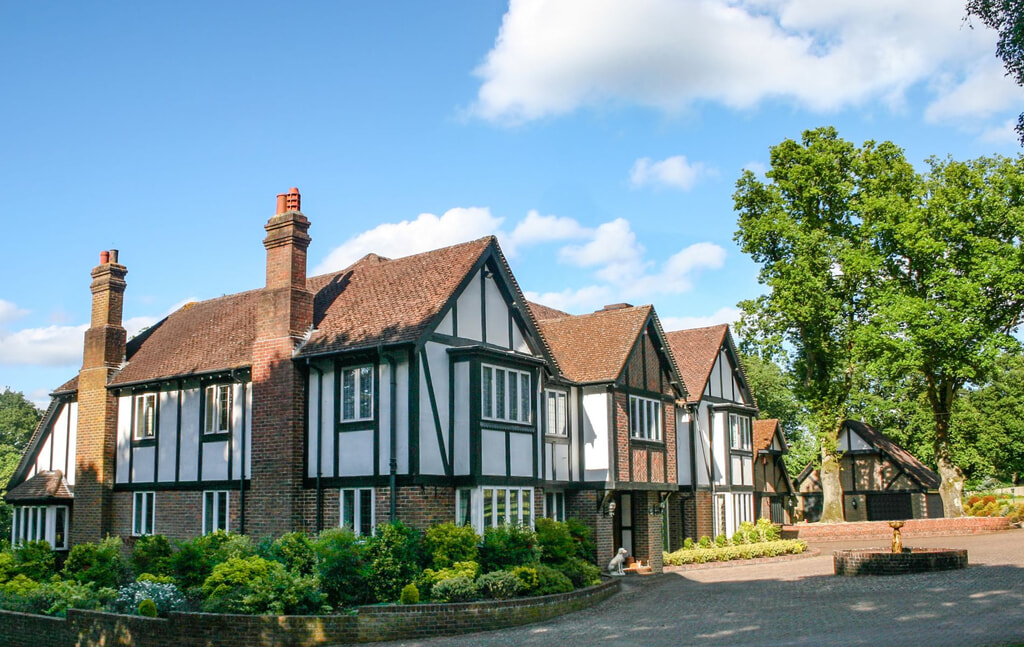
Whilst original Arts and Crafts houses were built as one-of-a-kind homes, contemporary Arts and Crafts-style houses are designed to emulate the look of the originals, but with modern room layouts, facilities, and conveniences.
Practical and financial considerations for homebuyers
Buying an Arts and Crafts home can be a sound investment; they often retain or increase in value because of their rarity and significance in architectural history. However, renovating and maintaining an Arts and Crafts home will be more expensive than a modern home, primarily due to the natural materials and specialist craftsmanship that will be required.
Many Arts and Crafts houses in the UK are Listed and will therefore be subject to stricter planning restrictions and additional responsibilities.
Buyers should be aware that insurance and financing options for heritage properties may differ from those for standard homes. Prospective buyers should liaise with specialists and conduct thorough research to understand these considerations fully.
Considering buying an Arts and Crafts house?
Arts and Crafts homes offer more than just a place to live; they provide an opportunity to own a piece of architectural history and embrace a lifestyle that values beauty, quality, and tradition. In a world of uniformity and mass production, the simplicity and charm of Arts and Crafts homes continues to be compelling.
For expert advice and guidance when searching for a character property, contact Garrington for an initial discussion without obligation.
